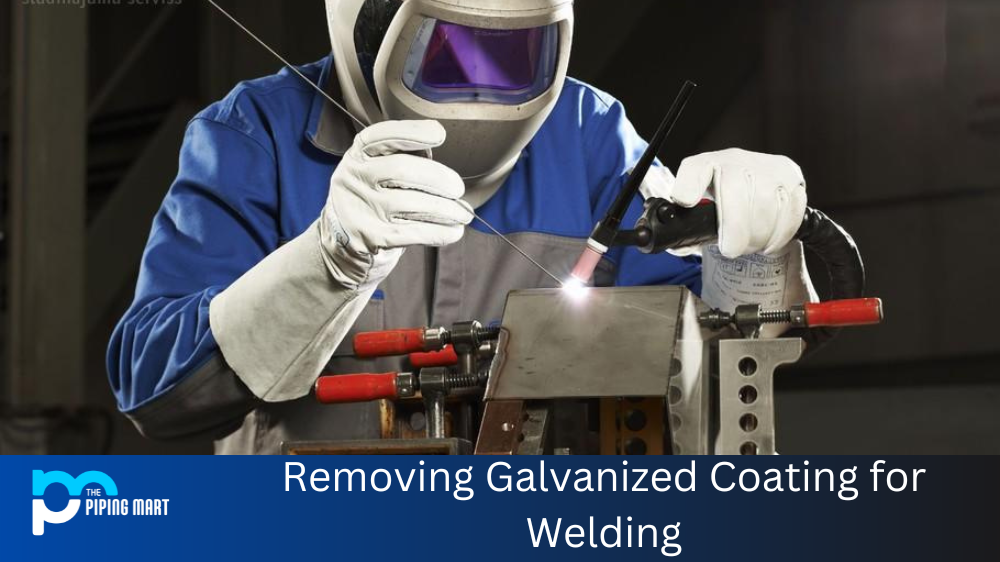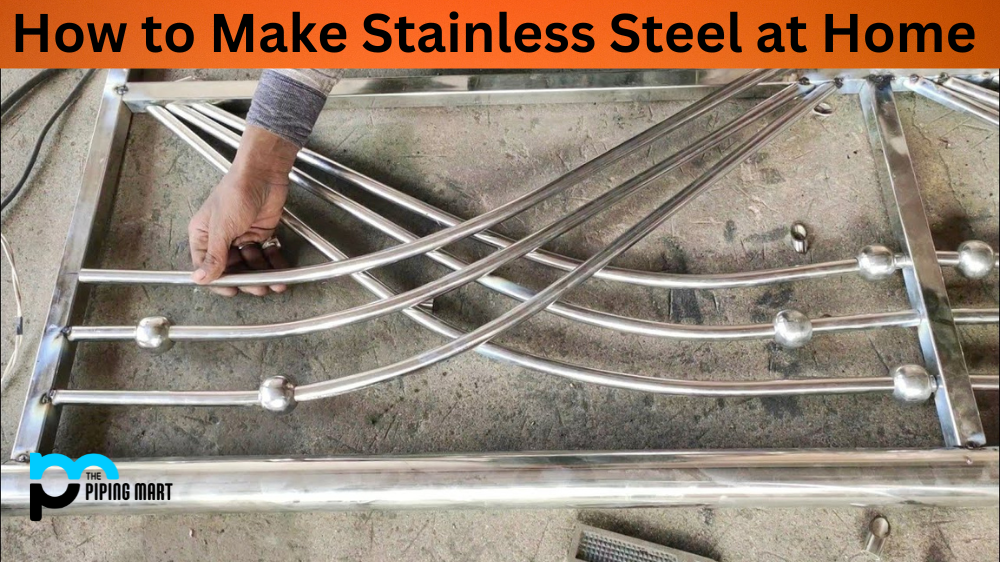Welding galvanized steel can be tricky, as the zinc coating must be removed before welding can begin. Fortunately, several methods are available to remove the galvanized coating so you can proceed with your project. Let’s take a look at some of these methods.
How do you remove galvanized coating?
Removing galvanized coating can be a meticulous process, but is necessary for many home improvement projects. The first step to removing this coating is to make sure that you have the correct tools and safety gear, like a hammer or chisel, wire brush, grinder with grit wheel or sander, protective gloves and eyewear, and an appropriate breathing mask. The next step is to place the item on a sturdy surface that can handle any abrasion used to remove the galvanized coating and begin grinding away at it. Take care to only use gentle pressure as more aggressive power will cause damage to the substrate temperature. Finally, dispose of all of the materials appropriately. With these steps–and patience–removing galvanized coating can be completed efficiently and safely.
Grinding and Sanding
Grinding and sanding are the most common methods for removing galvanizing from steel. This process requires using an angle grinder or other type of power tool fitted with an abrasive wheel made from aluminum oxide or silicon carbide. The wheel should be used to grind down any excess carbon steel left behind after the galvanizing process. It is important to note that this method will create a lot of dust and debris, so it is important to wear proper safety equipment such as gloves, goggles, and a face mask when working with this method.
Chemical Stripping
Another popular method for removing galvanizing from steel is chemical stripping. This process involves using a chemical solution to dissolve the zinc coating on the metal surface. Depending on the solution you use, this process may require multiple applications to remove all galvanizing traces from the metal surface. As with grinding and sanding, it is important to wear protective gear when handling chemicals.
Mechanical Stripping
The final method for removing galvanizing from steel is mechanical stripping. This process requires specialized tools such as pneumatic hammers or chisels explicitly designed for this task. Automatic stripping is generally faster than grinding or sanding but may only be suitable for some projects due to its potential damage to underlying materials.
Conclusion:
No matter which method you choose, it’s important to remember that safety should always come first when attempting any welding project involving galvanized steel surfaces. By taking the proper precautions and following these steps carefully, you can ensure that your welding project goes as smoothly as possible! Are you having trouble? Contact Metric Marketing today—our team specializes in welding services and more! Our experienced professionals will have you back up and running in no time!




